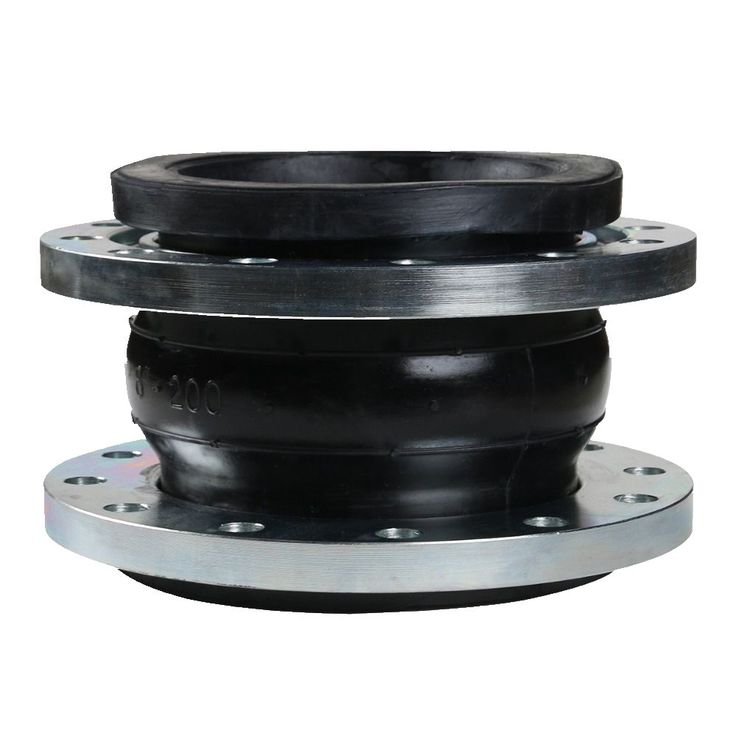diaphragm check valves
Understanding Diaphragm Check Valves Function, Benefits, and Applications
Diaphragm check valves are essential components in many fluid and gas control systems. They are designed to allow fluid or gas flow in one direction while preventing backflow, thus ensuring system efficiency and reliability. These valves utilize a flexible diaphragm to manage flow and maintain a seal under varying pressures, making them an excellent choice for various applications.
Functionality of Diaphragm Check Valves
At the core of a diaphragm check valve's operation is its unique design. When the fluid flows in the designated forward direction, it exerts pressure on the diaphragm, causing it to flex upward and open the valve. This opening allows the fluid to pass through with minimal resistance. However, when there is a reversal or reduction in flow, the diaphragm returns to its original position, effectively sealing the valve and preventing any backflow.
The simplicity of this mechanism reduces the number of moving parts compared to traditional check valves, leading to greater dependability. The flexibility of the diaphragm material can also accommodate slight variations in system pressure, making diaphragm check valves less susceptible to hydraulic shock, which often damages other valve types.
Benefits of Diaphragm Check Valves
One of the primary advantages of diaphragm check valves is their ability to provide a tight seal, minimizing the risk of leaks
. This feature is critically important in applications where the backflow of hazardous or corrosive materials could pose significant safety and environmental risks. Additionally, the ability of diaphragm check valves to function effectively in low-pressure situations makes them ideal for a wide range of processes in industries such as water treatment, pharmaceuticals, and food processing.diaphragm check valves

Another significant benefit is their ease of maintenance. With fewer components prone to wear and tear, diaphragm check valves require less frequent servicing compared to other valve types. Furthermore, many models are designed for quick disassembly and reassembly, which can save both time and money during maintenance operations.
Applications of Diaphragm Check Valves
Diaphragm check valves find applications across numerous industries due to their versatility. In the water and wastewater sector, they help prevent contamination by ensuring that treated water does not flow back into sewage systems. In the pharmaceutical industry, these valves are crucial for maintaining the sterility of production processes, allowing for precise control over fluid flow.
In addition, diaphragm check valves are used in the food and beverage industry to manage the flow of ingredients and finished products safely. Their design minimizes turbulence and ensures the integrity of delicate fluids, which often require careful handling. They are also prevalent in HVAC systems, where they help maintain proper airflow and prevent the backflow of air in various duct systems.
Conclusion
Diaphragm check valves play a vital role in modern engineering and industrial operations, providing reliable, efficient, and safe control of fluid and gas flow. With their unique operational mechanics, range of benefits, and wide array of applications, it’s no surprise that they continue to be favored by engineers and operators alike. As industries evolve and demand for efficiency increases, diaphragm check valves will undoubtedly remain a critical component in fluid management systems.
-
The Key to Fluid Control: Exploring the Advantages of Ball Valves in Industrial SystemsNewsJul.09,2025
-
The Versatile World of 1, 2, and 3 Piece Ball ValvesNewsJul.09,2025
-
Stainless Steel Ball Valves: The Ideal Choice for Efficient Flow ControlNewsJul.09,2025
-
Optimizing Fluid Control with Ball Float ValvesNewsJul.09,2025
-
Manual Gate Valves: Essential for Control and EfficiencyNewsJul.09,2025
-
Everything You Need to Know About Butterfly ValvesNewsJul.09,2025
-
The Versatility of Wafer Type Butterfly ValvesNewsJul.08,2025




